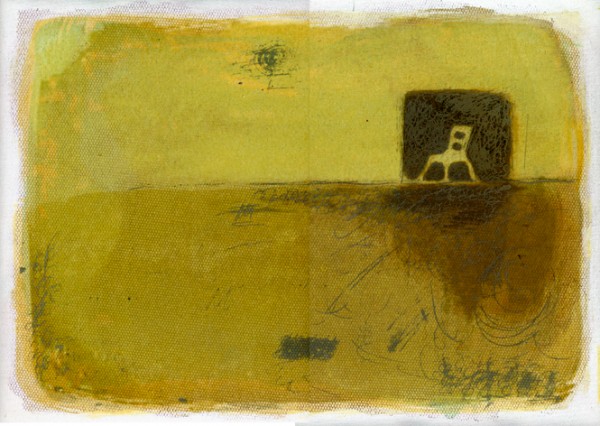-

“Paranoia – madness, insanity charasteristic with ravings (without hallucinations), but it doesn’t change one’s personality. Paranoia can arise in the bases of different other psychological illnesses. Ravings are systematic, with prosaic and everyday content. Mostly it comes with baseless, morbid conviction of an existing illness (hipohondry), often common with phantoms of envy, inventions and harm. The phantoms of envy often are common for men, mostly alcoholics. The ill person who has phantoms of inventions, for example, is convinced of making extremely important discovery, he is convinced of constructing new machines ore discovered new medical technologies, or original theories. Some of those inventions are completely pointless and useless…Phantoms of harm are more often common for old people, mostly woman (patients are convinced of being robbed, of somebody harming their belongings.) Paranoia has intentions to progress, and the patient slowly starts to be completely overtaken by the phantoms and everything what associates with them, with time he looses any interest of other events around him, his family, work. ( some patients make their own list of enemies, where they note expressions and sentences of the “evil ones,” they seem to see a hidden meanings in every action of ordinary people. Because subjects of phantoms are often like real, possible conflict situations, it is often difficult to difference them and often in the beginning of the diagnosis it can be mistaken. Patients often deny their illness and think of themselves as completely normal, but because of his senseless actions and convictions can be harmful and dangerous to the society,”
( from “Popular medical encyclopedia”, Riga, 1984.)
An artist is often alone. Always contrasting to the mass. That is how it always has been. An artist has to be the one who sees, knows and feels different. He is in front of the masses. However, power influences us all. It tries to kill individuality, because thinking, analyzing and the ability to feel is unuseless to the mass. Useless is the key word. Everything has to be useful, the man, as well as the art and the artist.
The purpose of my work is not to show the manifestation of the paranoia, or to illustrate the illness in any way. This will not be a story of an individual or how society treats mentally disabled people. I want to show the feeling of madness and loneliness, the way it cripples and deforms the world. Both of those feelings, but less intensively, are experienced by everyone.
When reading Elias Kanetti “Mass and Power” described memories of a paranoid Schreber, where he, suffering from paranoia himself, was writing a diary, I was overwhelmed by the lively of images and the alikeness those two worlds – the world of paranoid and the common reality, when mass works towards the individual. Towards human being, destroying the best and different in him and making him a part of the mass. The force of power towards the human being always is destructive, because it is mostly forced. Paranoia overtakes those, who have had any contact or have been close to any forced power, or have taken action in forcing the power on others themselves. The paranoia is the sickness, creates by power and force.
The cycle “Paranoid’s diary” are my reflections about what influences does forced power leave on a human being, they are reflections about everything, what worries me about emotionality and norms. As well, about reality, what nowadays has became so abstract. The phantoms of Schreber are so real, that they almost precisely have became and continue to became true. Mentally disabled people are mirror of society’s fears and problems. There is a piece of this disease in each of us, only the intensity is different. At the end of day – we all are afraid of death, afraid to admit, that we are afraid…so situation with Schreber is the basis for thoughts about myself.